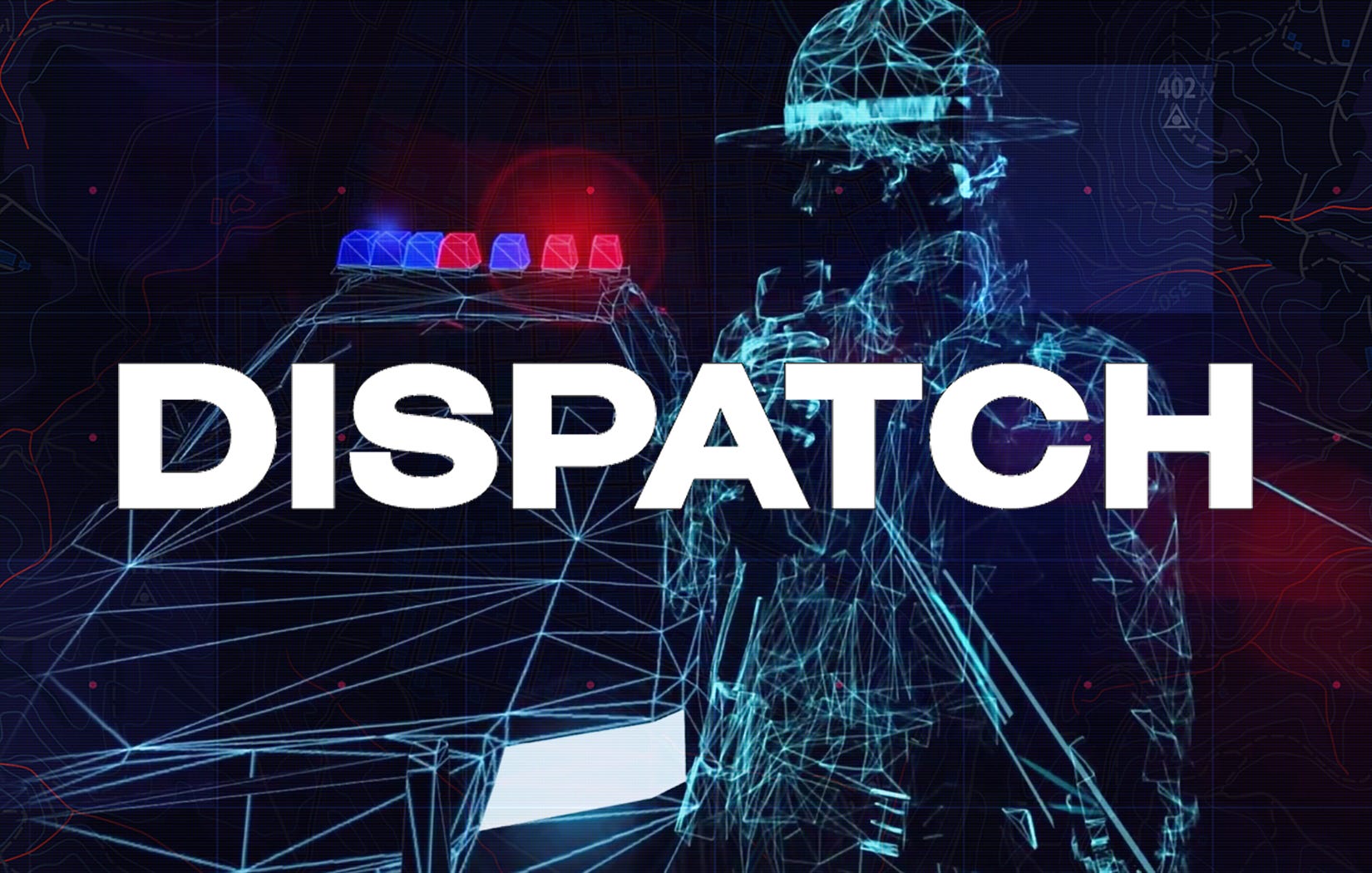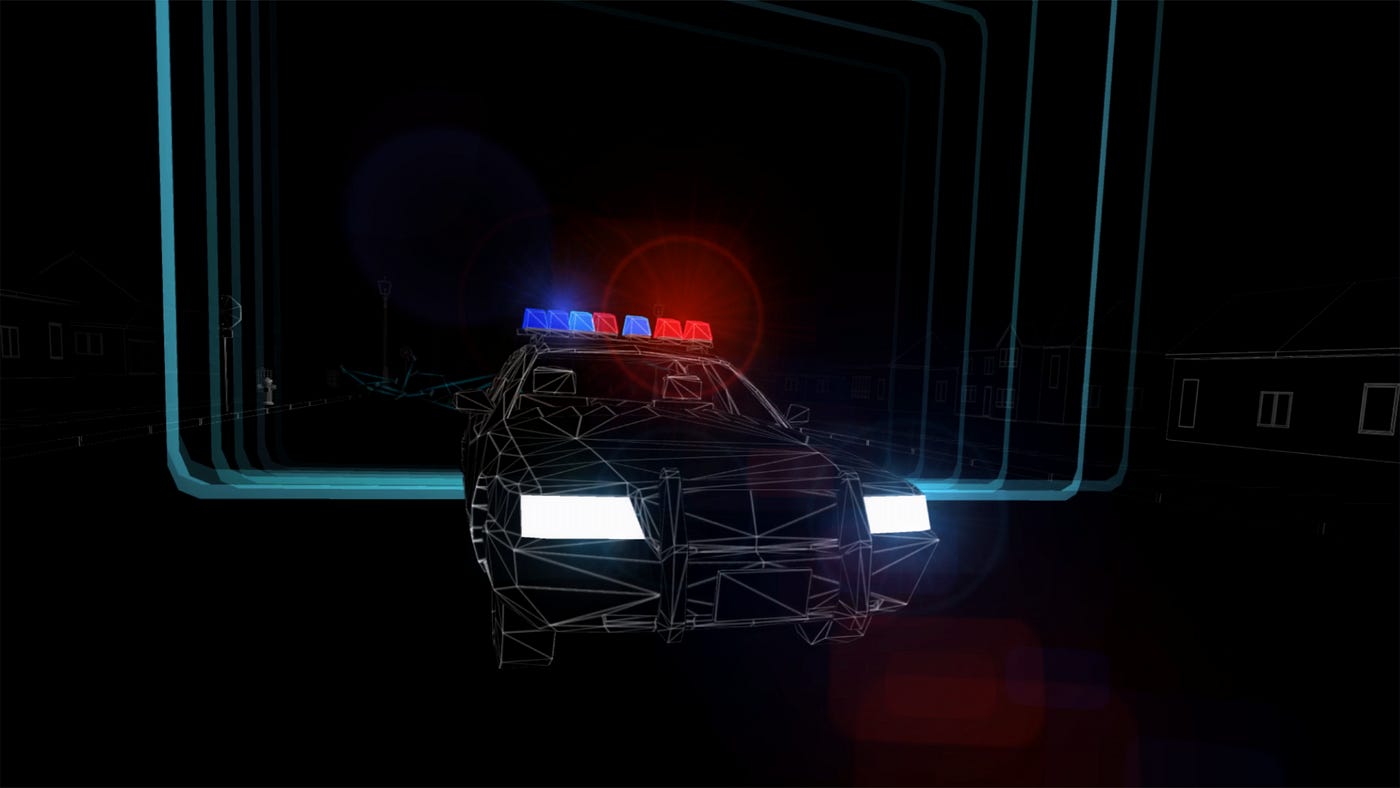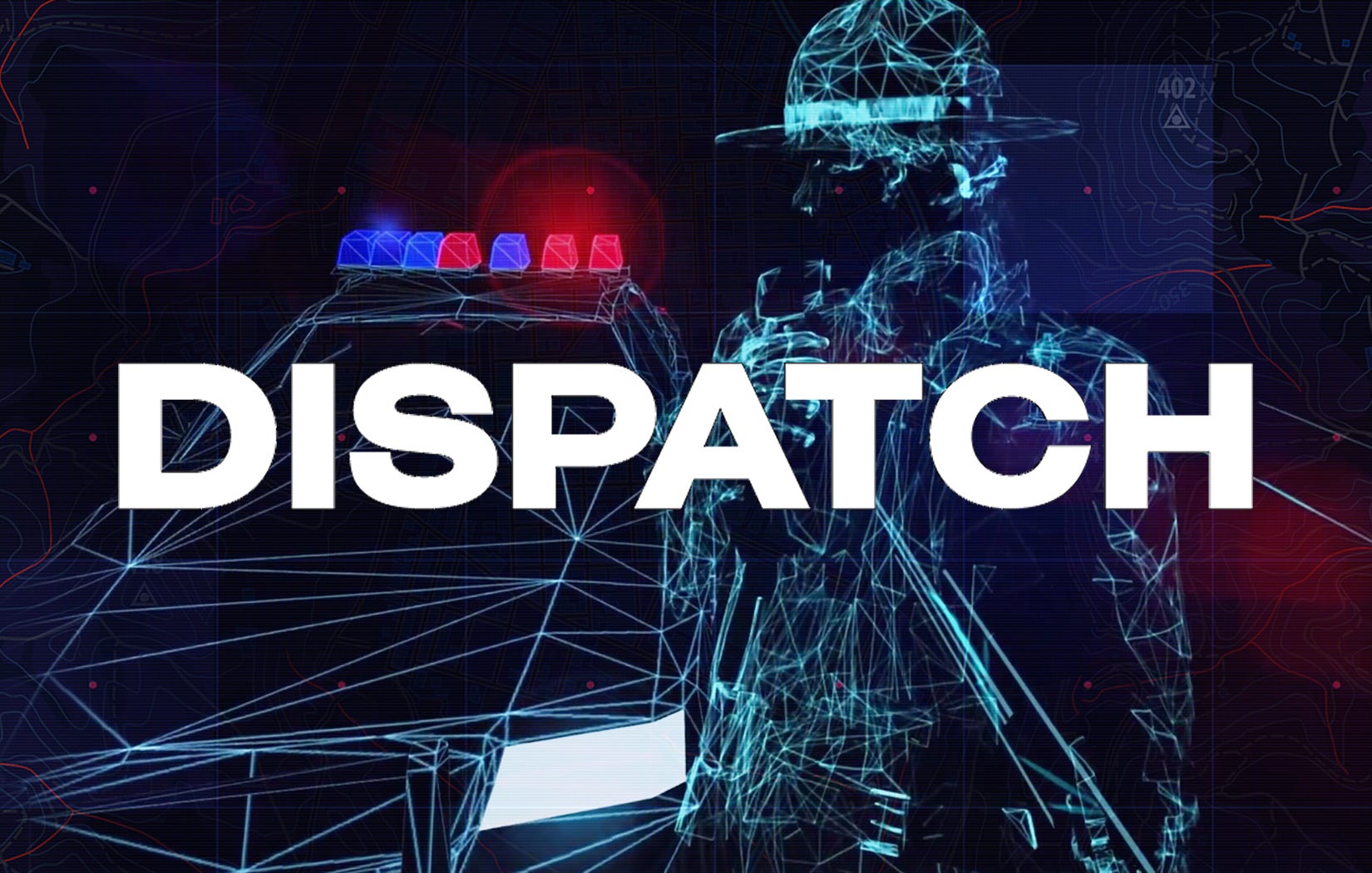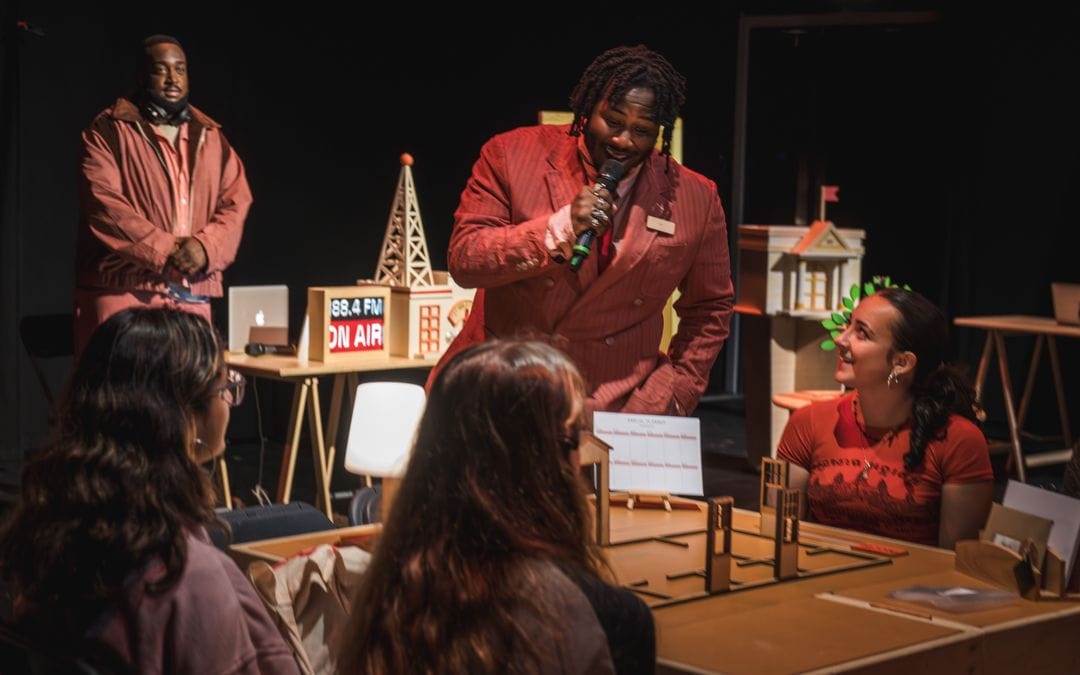
As virtual reality has slowly chipped its way into the collective consciousness there has been a trend towards embracing realism. After all: what’s more convincing when it comes to making a living, breathing, alternate reality than making every last detail indistinguishable from the real world?
Turns out there’s a lot more to virtual life than high definition verisimilitude, as director Edward Robles proves in Dispatch, the first episodic VR project from LA experience studio Here Be Dragons.
The four-part series, built for the Oculus Rift and Gear VR, shows the world through the eyes of Ted (played by Silicon Valley’s Martin Starr), a 911 dispatcher on a particularly brutal night on the job. Okay, “through the eyes” is the wrong term. That’s because the focus of Dispatch is on how the Ted hears the world.

Each chapter of the series focuses on a call into the dispatch center where our protagonist works alone. He can’t see what’s taking place, and neither can we. Instead director Robles conjures up a vector graphics approximation of the scene at hand for us to witness. What’s particularly clever about this approach to VR storytelling is that it exploits a key part of immersive experience design: the eagerness with which the mind fills in gaps.
Get Noah J Nelson’s stories in your inbox
Join Medium for free to get updates from this writer.
SubscribeSubscribe
The whole magic of presence in VR is based on the somewhat surprising fact that our brains appear eager to be tricked. They want to believe that we’re falling, flying, or ducking under the legs of a T-Rex. In Dispatch that willingness to play along turns wireframe graphics into a canvas for a tense neo-noir thriller whose moments of ultra-violence might be too much to bear if rendered at maximum resolution.
Which puts the weight of the storytelling on the audio, giving Dispatch the vibe of a true crime podcast with the intensity dial cranked up to 13. Paced like a Netflix show, the serialized story makes for some binge-worthy VR.

Robles is onto something here with the mix of vector graphics and sharp sound design, and a perspective twist late in the series shows off that he understands the possibilities within VR’s ever expanding grammar of storytelling techniques. That the protagonist of the story is disconnected from the heart of the action, left as little more than frustrated witness to the injustices of the world around him turns one of the current weaknesses of narrative VR into an active strength.
It doesn’t come as that much of a surprise that this kind of experiment would emerge from Here Be Dragon’s studio. This is the bunch that mixed Microsoft HoloLens tech and live performance at San Diego Comic Con to give people a taste of what it would be like to live inside FX’s Legion series, after all. A trek through the roster of artists the company has worked with will show that they’re not exactly kidding around. (Go on, look.)
While so much of the VR discussion is around the business — which headsets have sold how much and what business models hold water — the most interesting questions are going to remain on the creative side of the ledger. It feels like we’re only just starting to see a generation of media makers get their feet under themselves with this tech, and Dispatch shows that there is a hell of a lot that can be done with the tools we have now, let alone the wizardry that’s yet to come.
Dispatch is available now, for free, for the Oculus Rift.
No Proscenium is a labor of love made possible by our generous backers like you: join them on Patreon today!
In addition to the No Proscenium web site, our podcast, and our newsletters, you can find NoPro on Twitter, Facebook, YouTube, Instagram, and in our online community Everything Immersive.




















Discussion